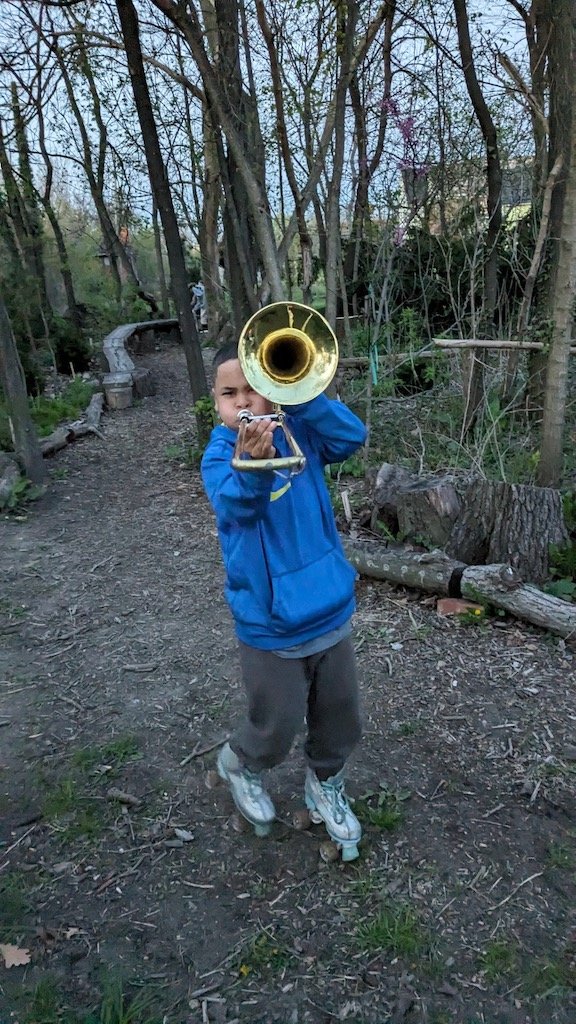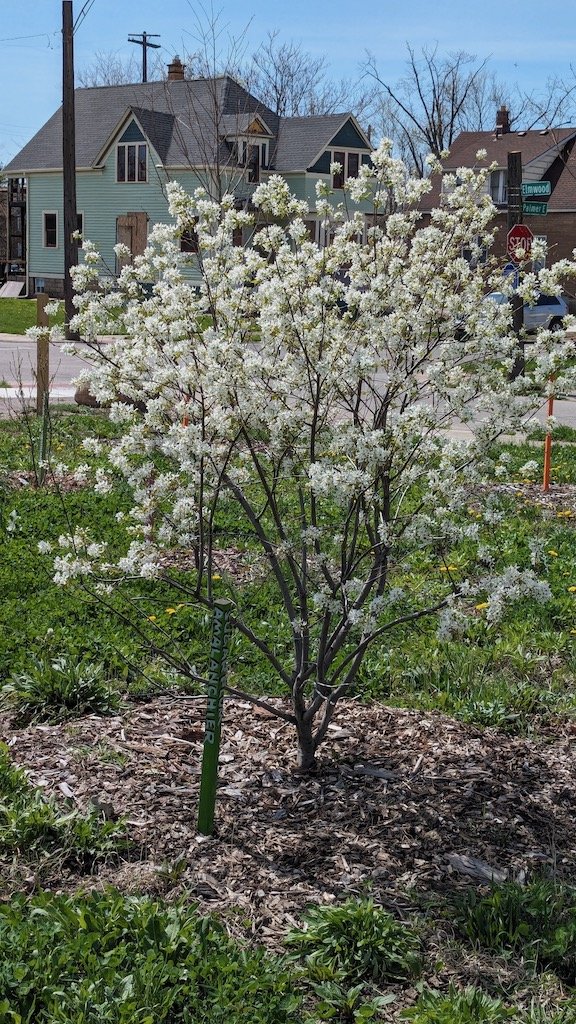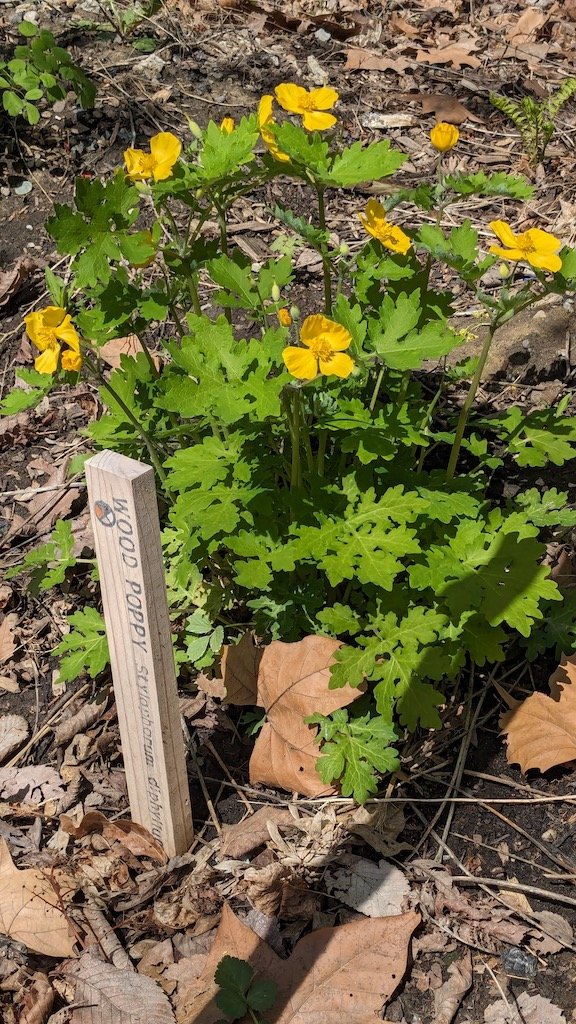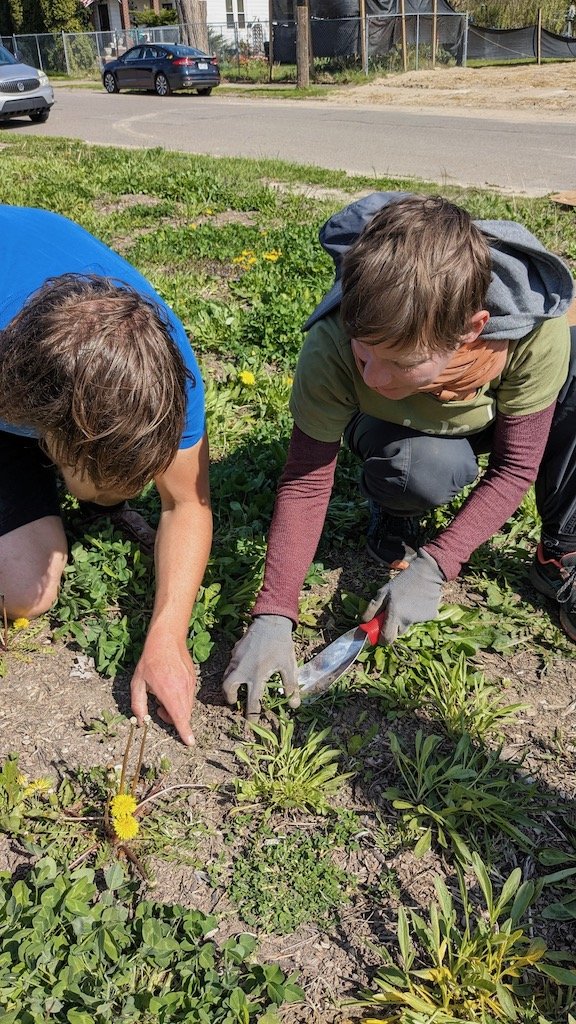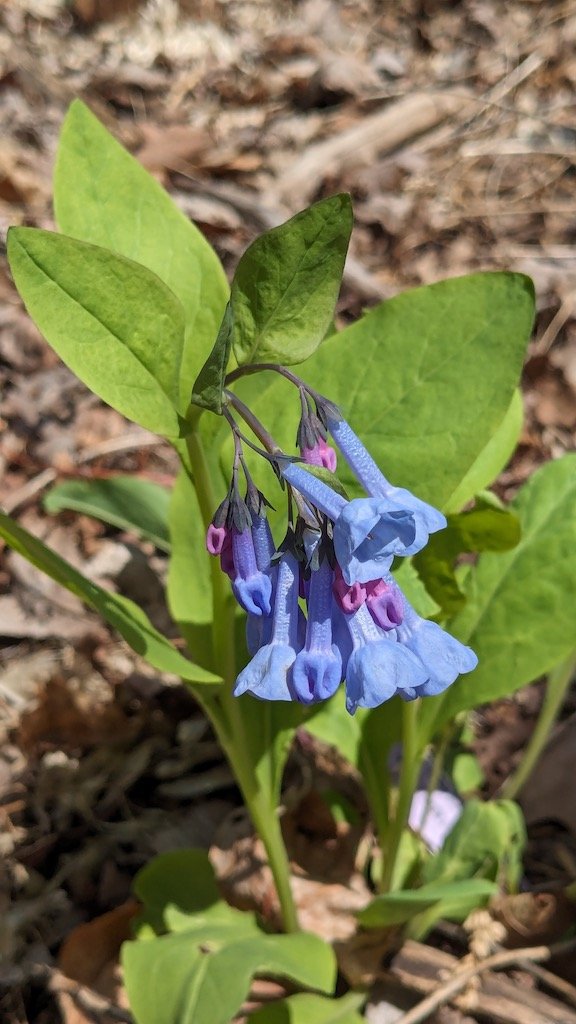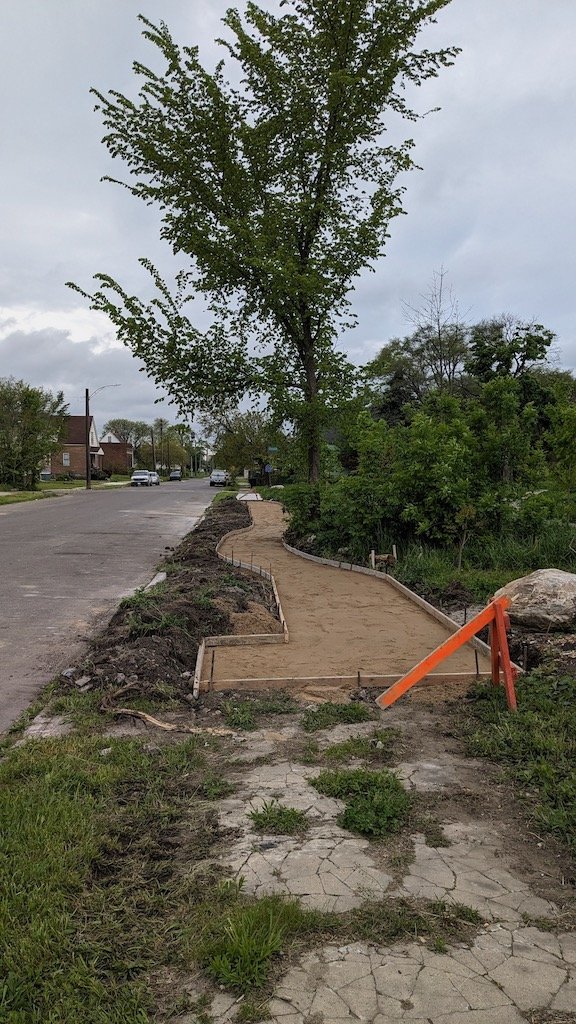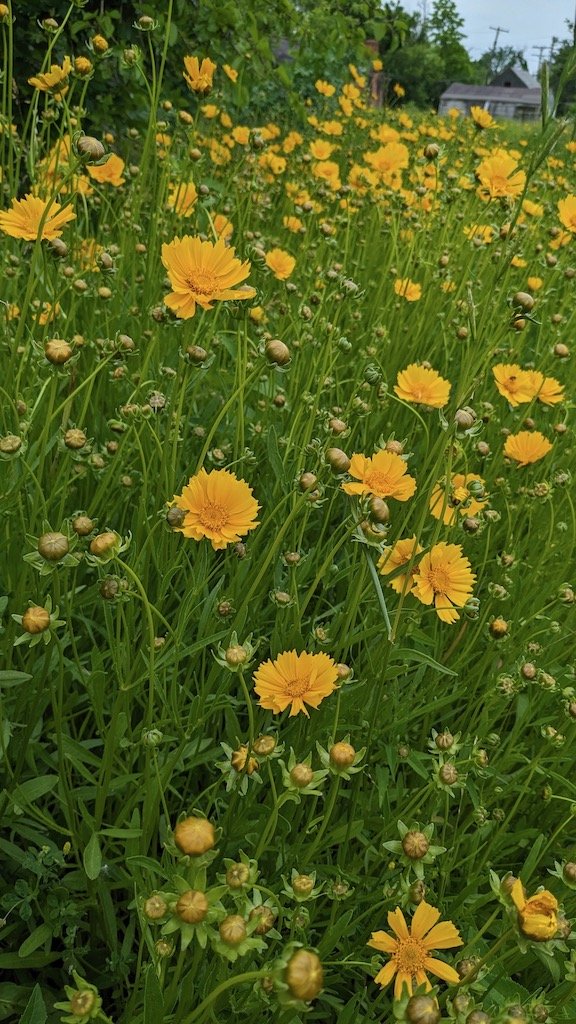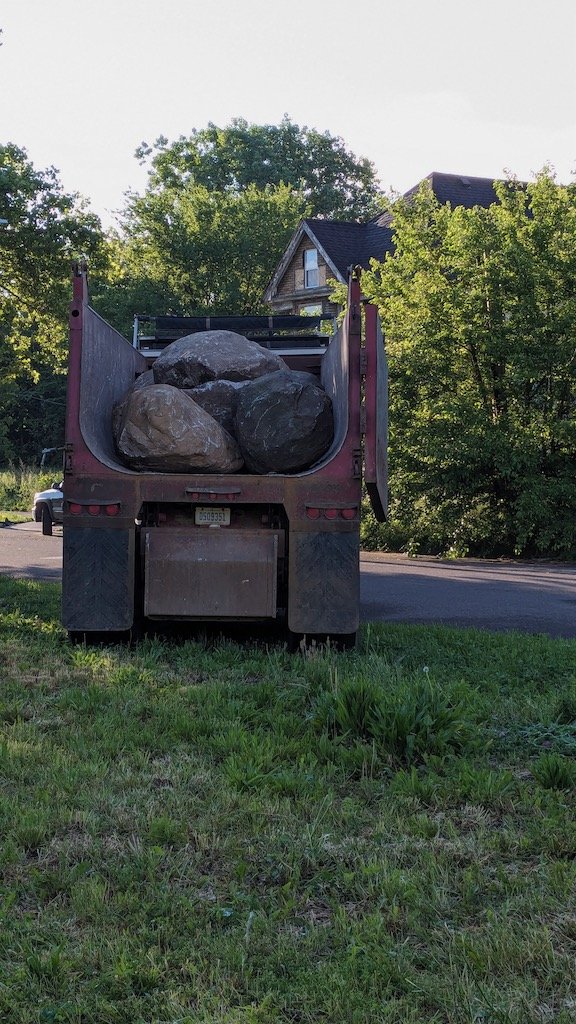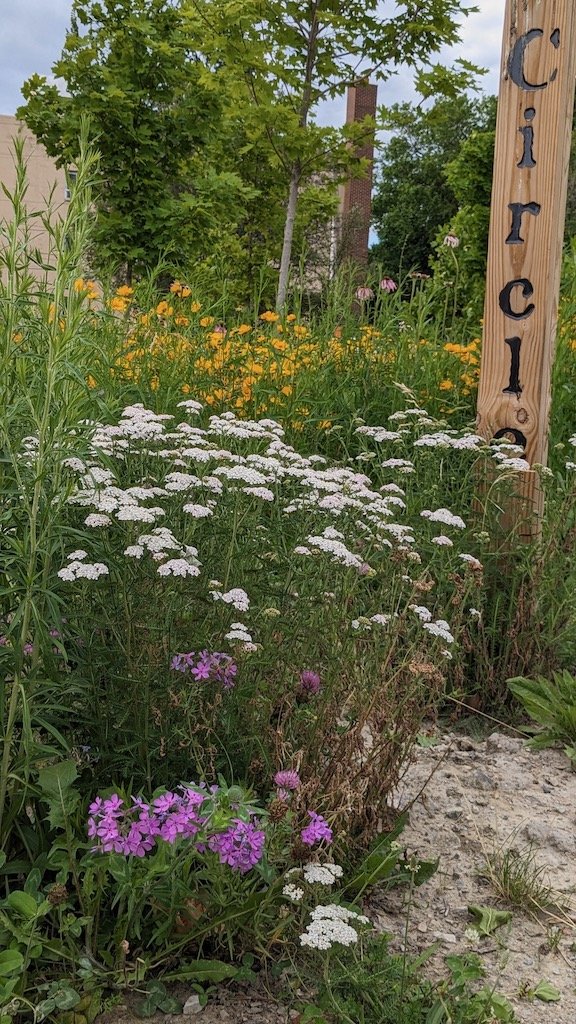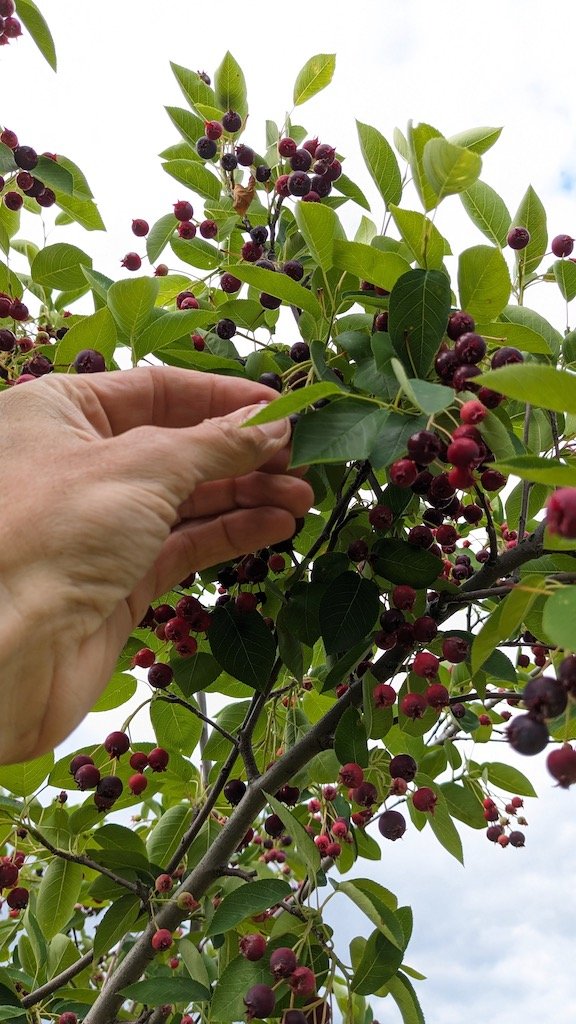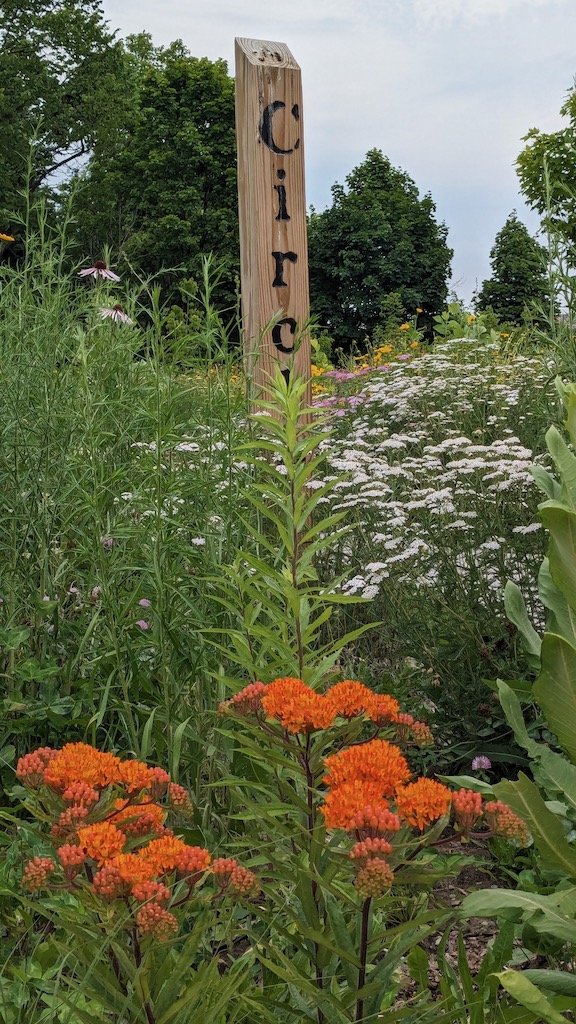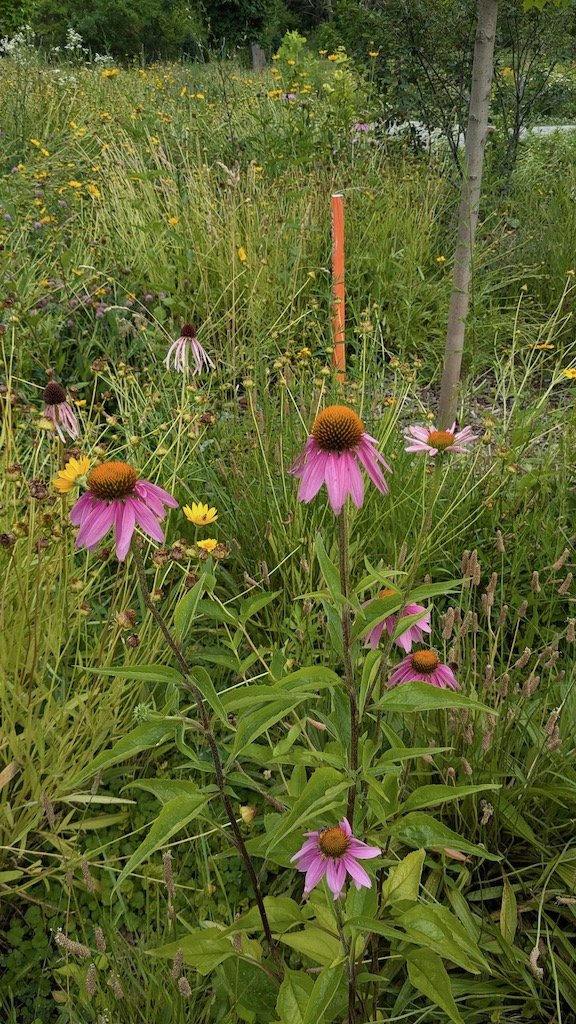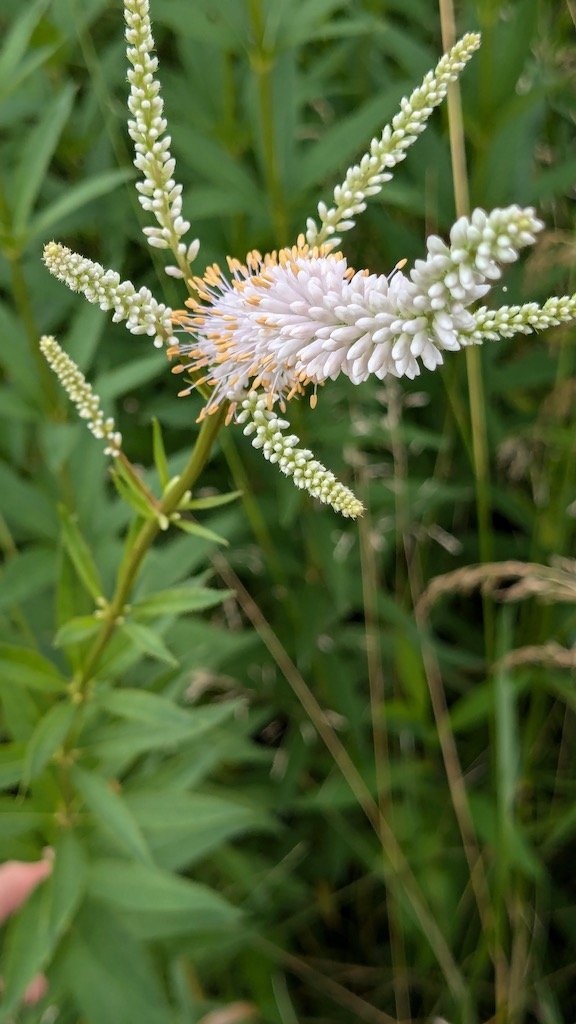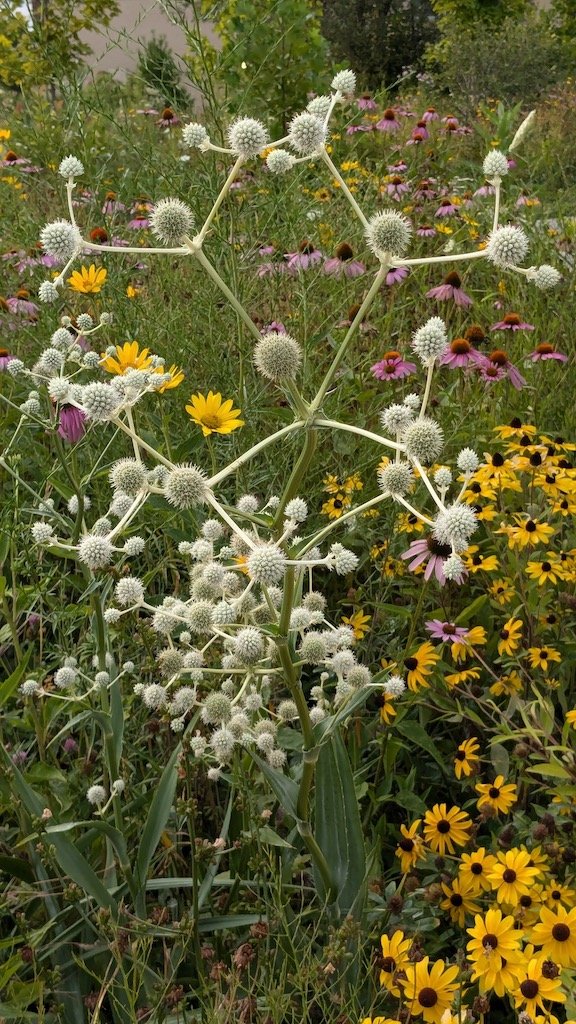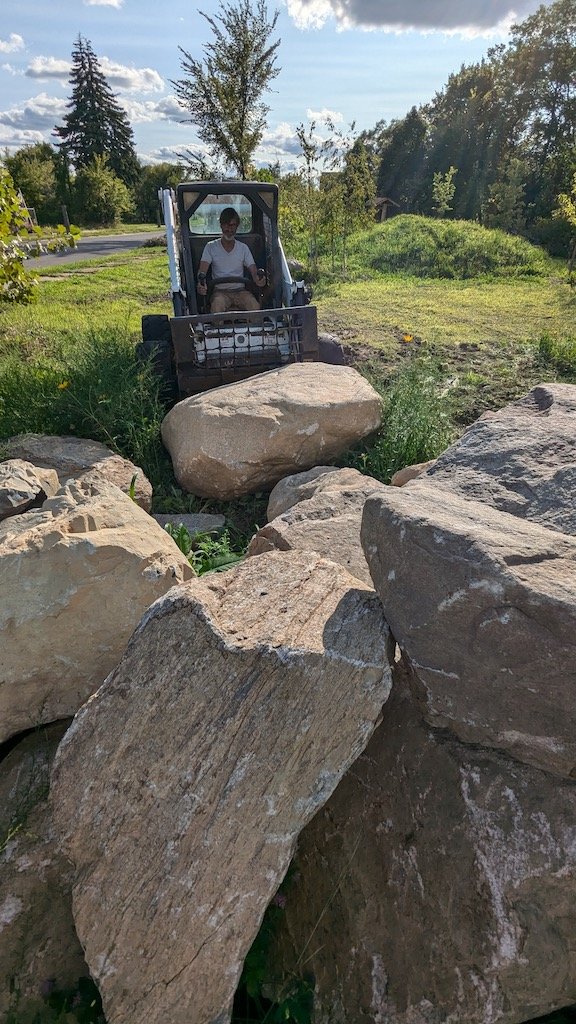CIRCLE FOREST
The stumpscape is a demonstration of the importance of woody debris in the forest. As fungi, insects and microorganisms feed on the wood, they break it down into compost that feeds the seedlings that plant themselves from the mother trees. It is life making more life.
A native habitat restoration project
located on 12 city lots in East Poletown, Detroit
3301 Palmer, Detroit, MI 48211
What we started with - Photo by Garrett MacLean
And here’s a view of the park in summer 2024 - Photo by Garrett MacLean
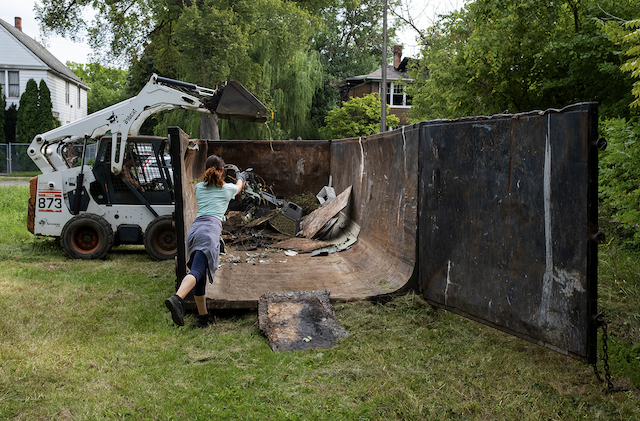

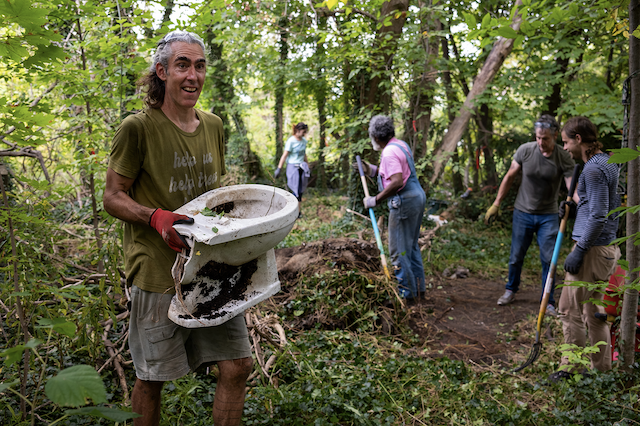
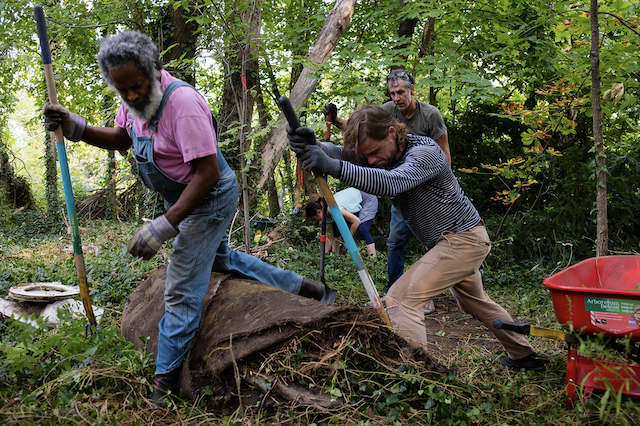
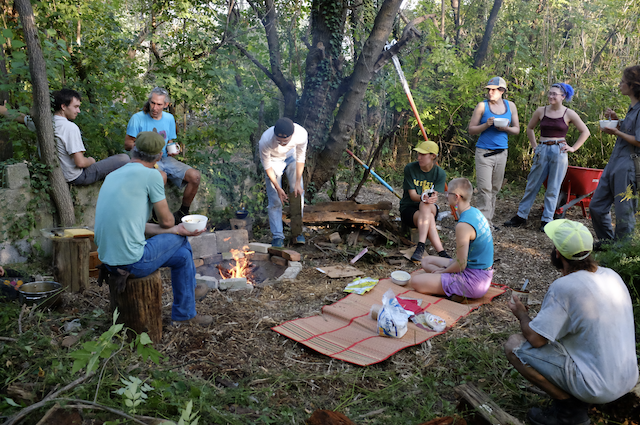
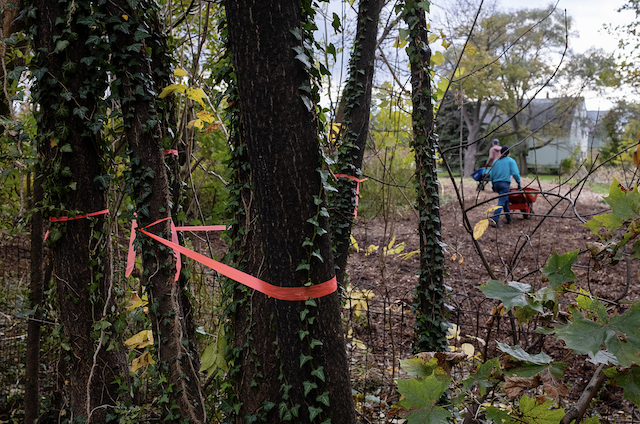
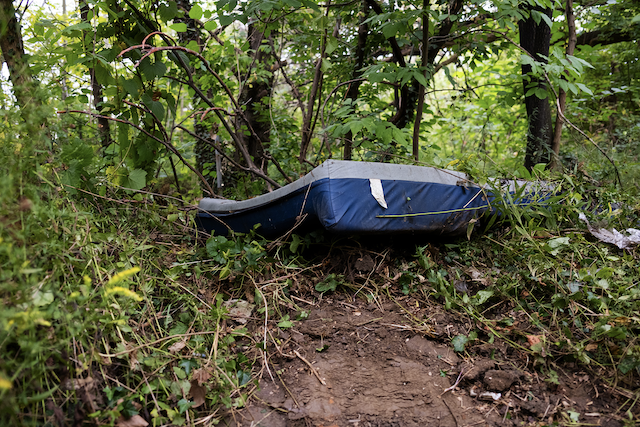
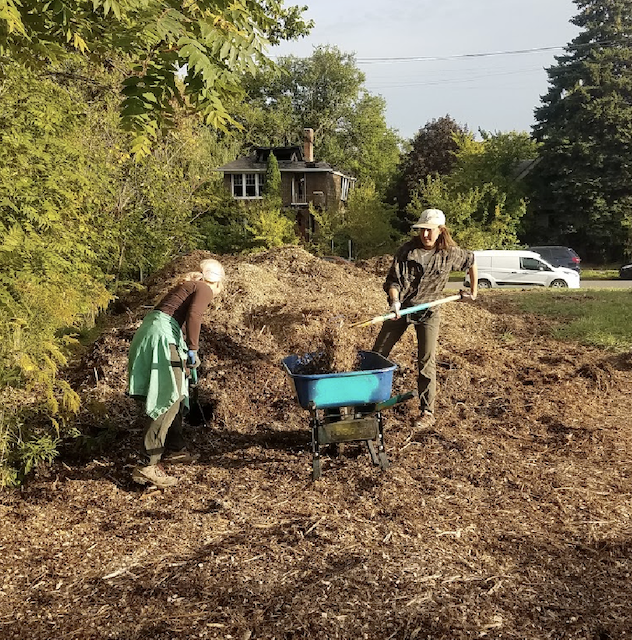
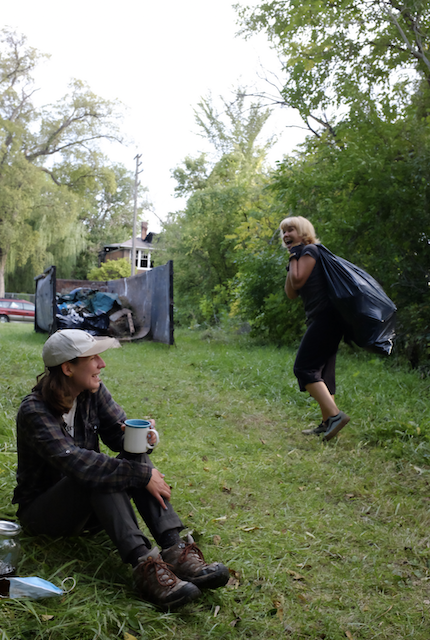
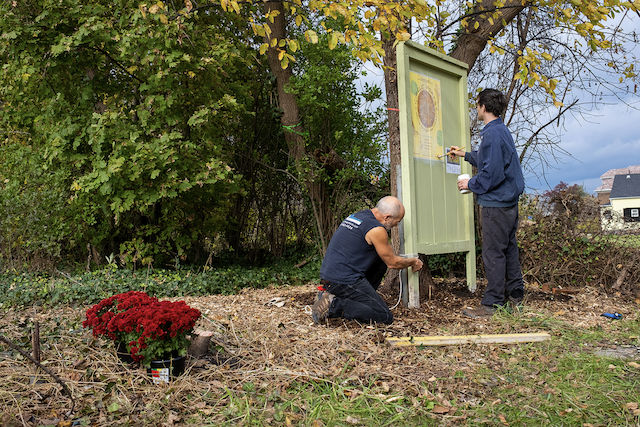
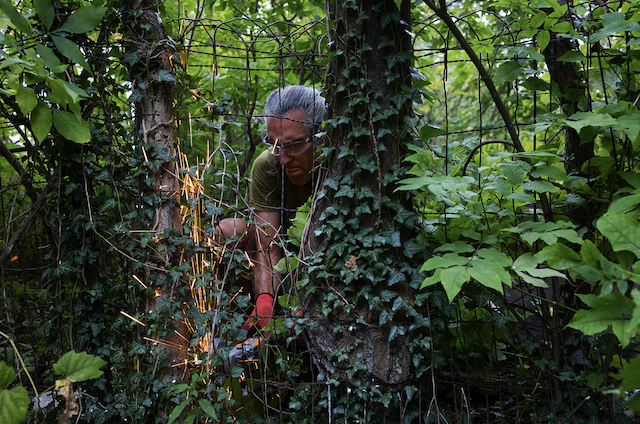
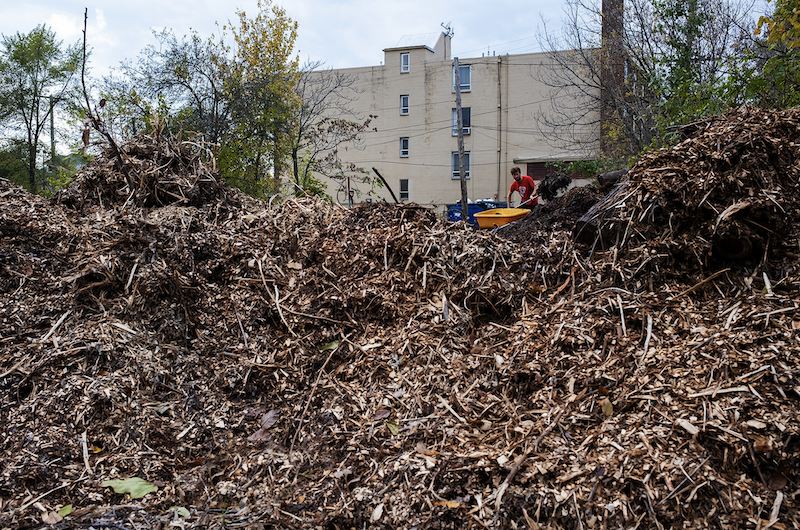

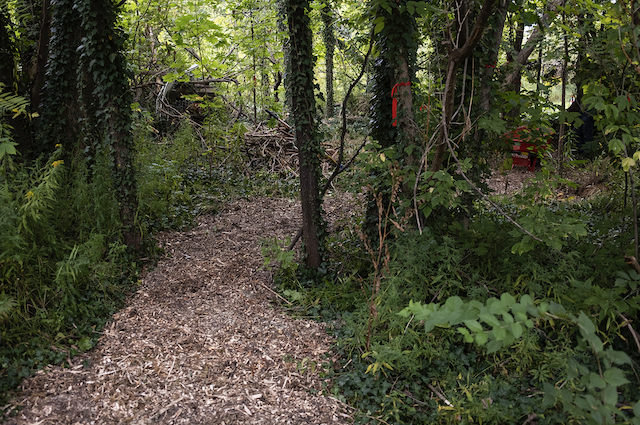
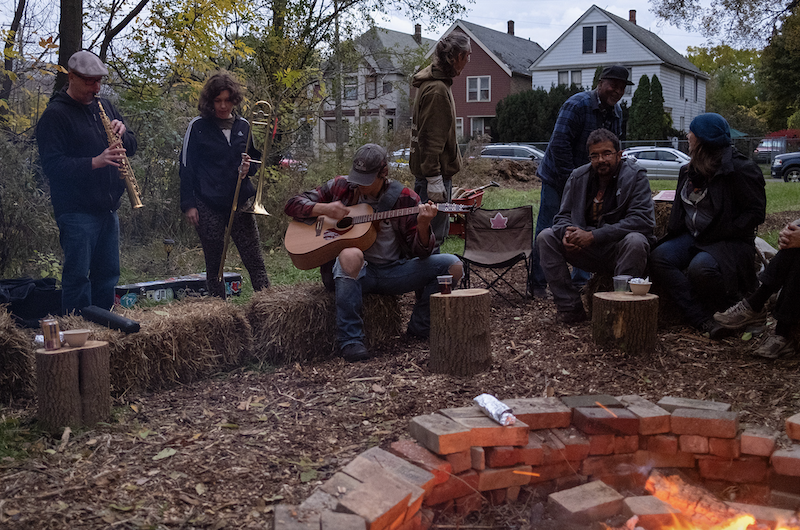

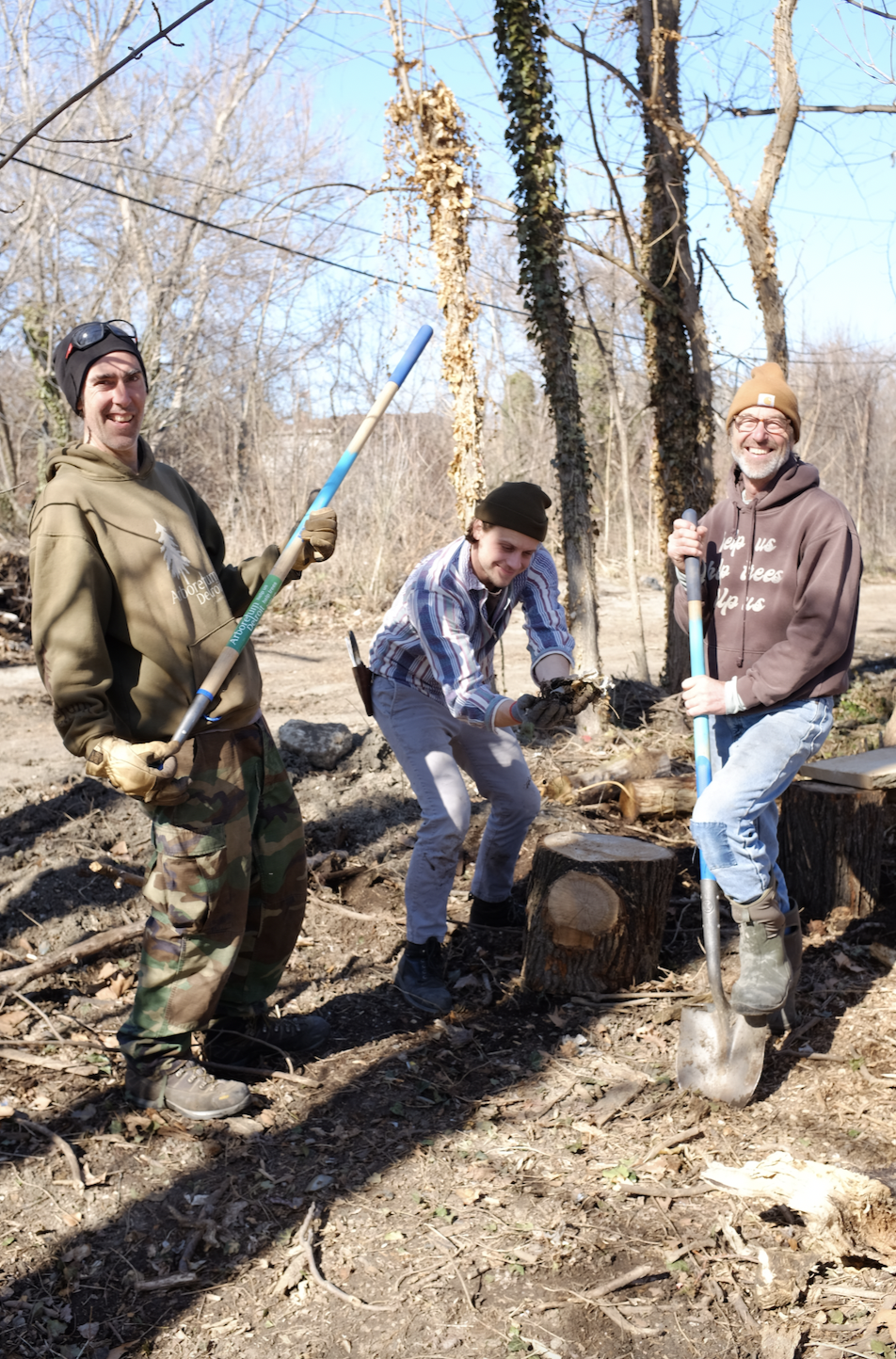

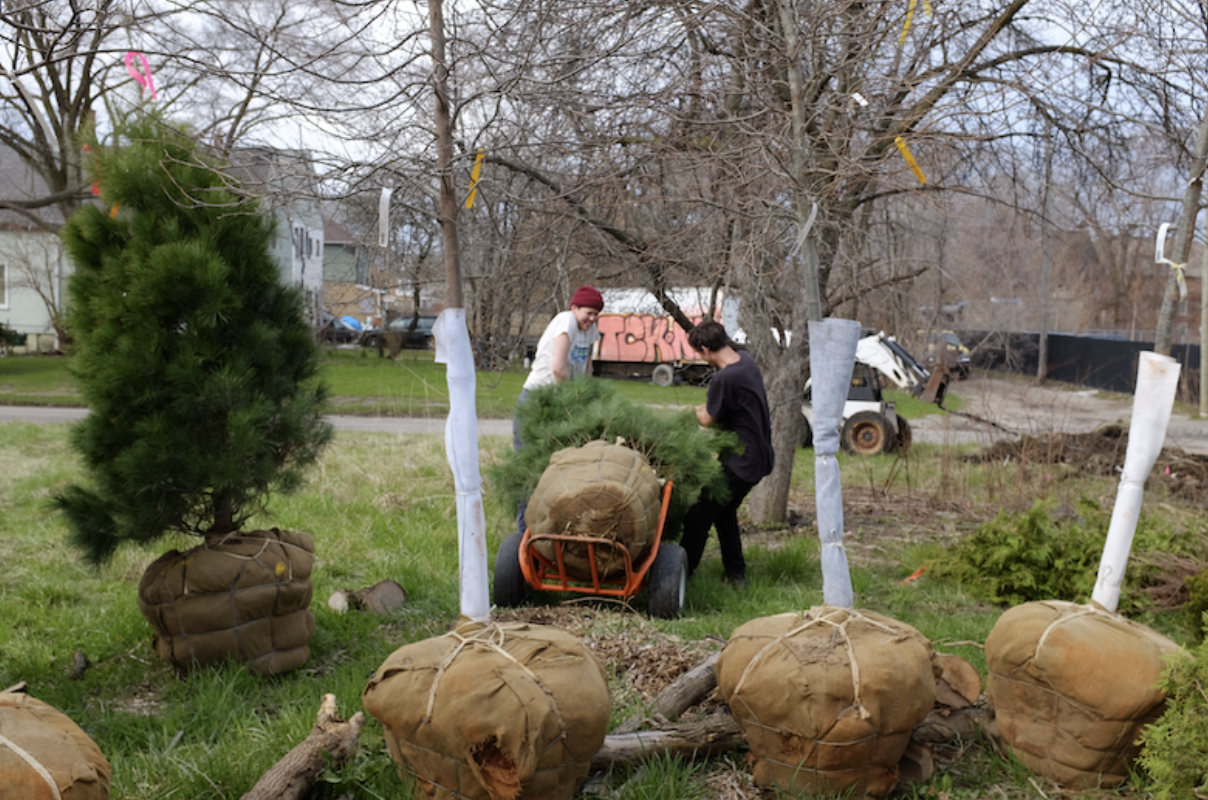
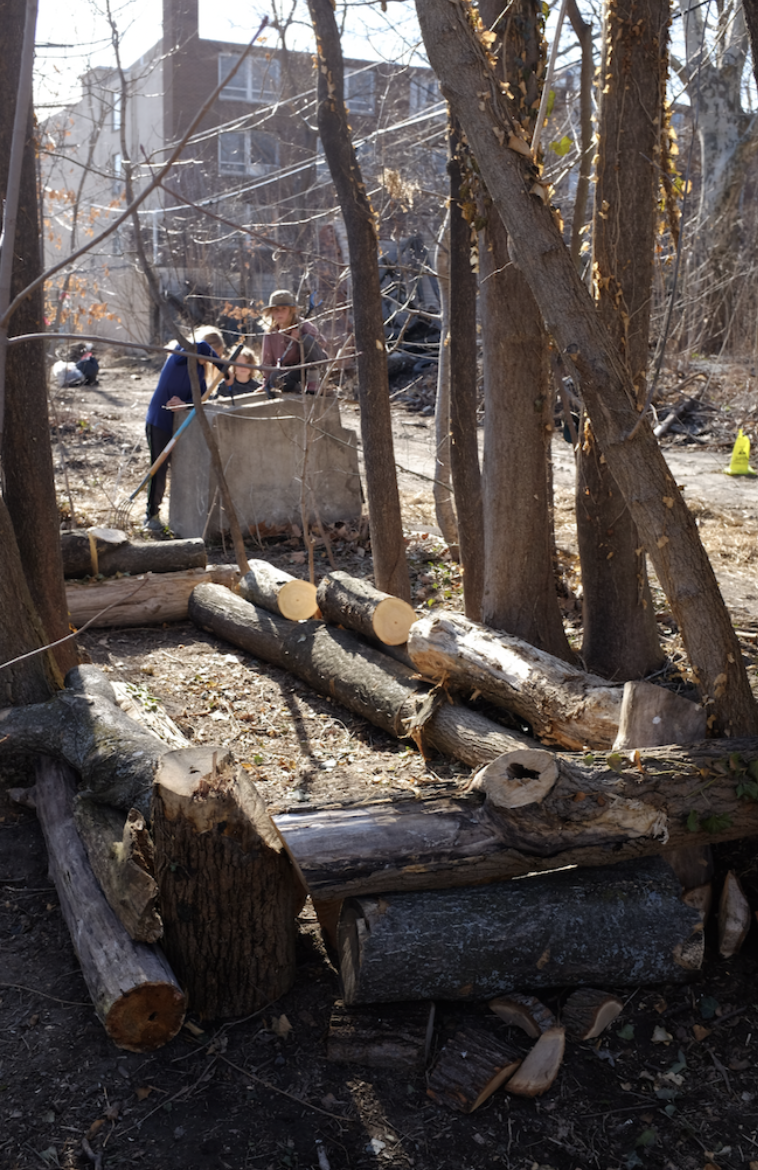
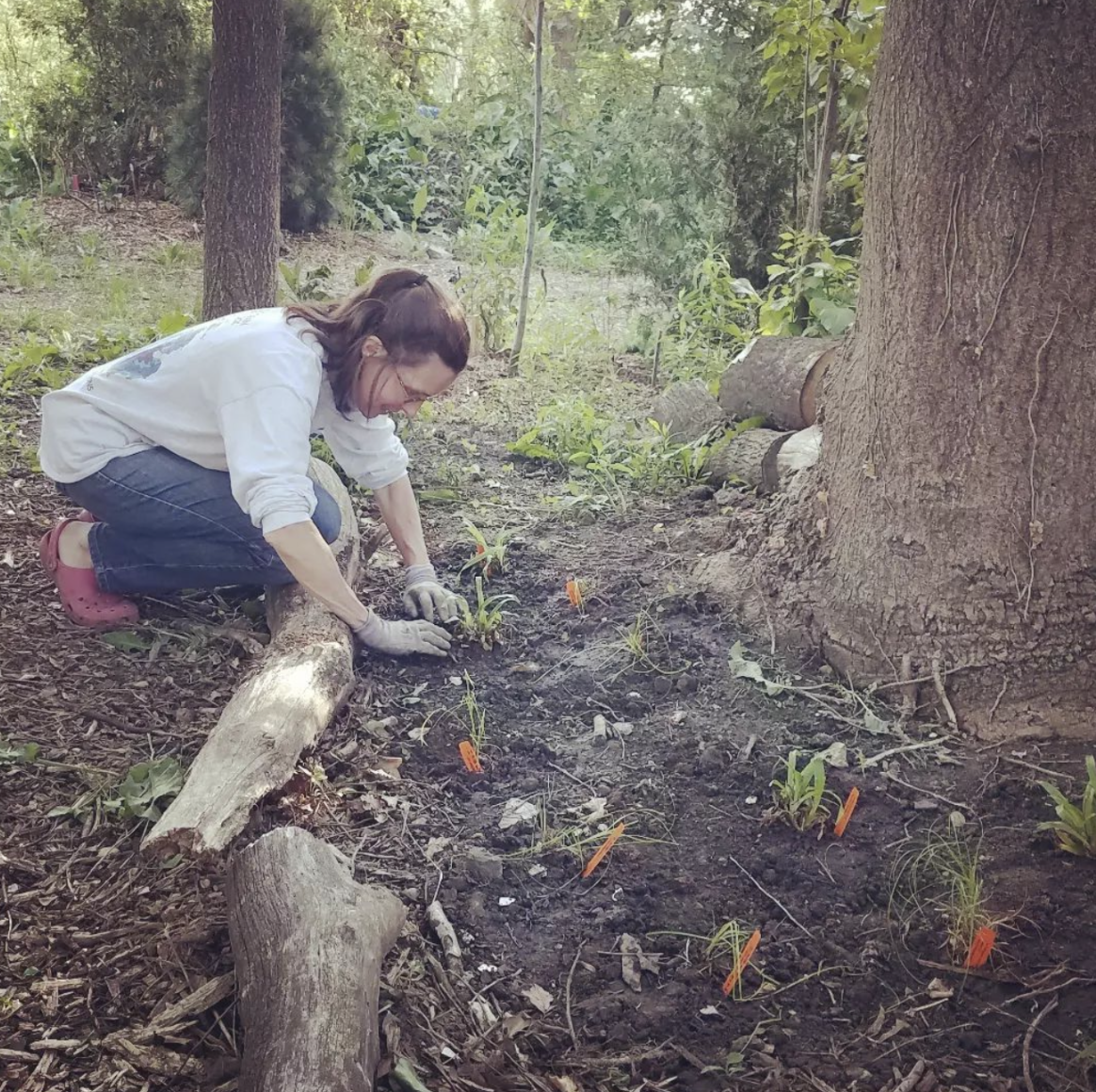
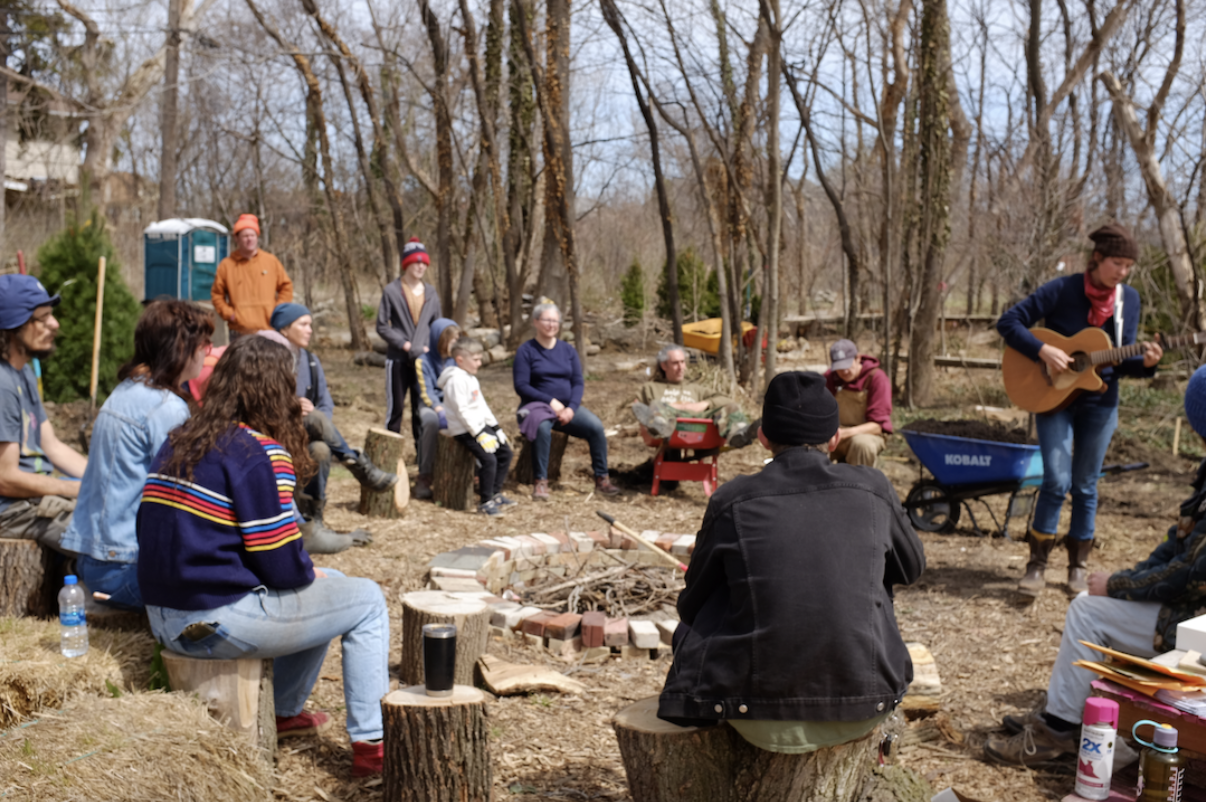
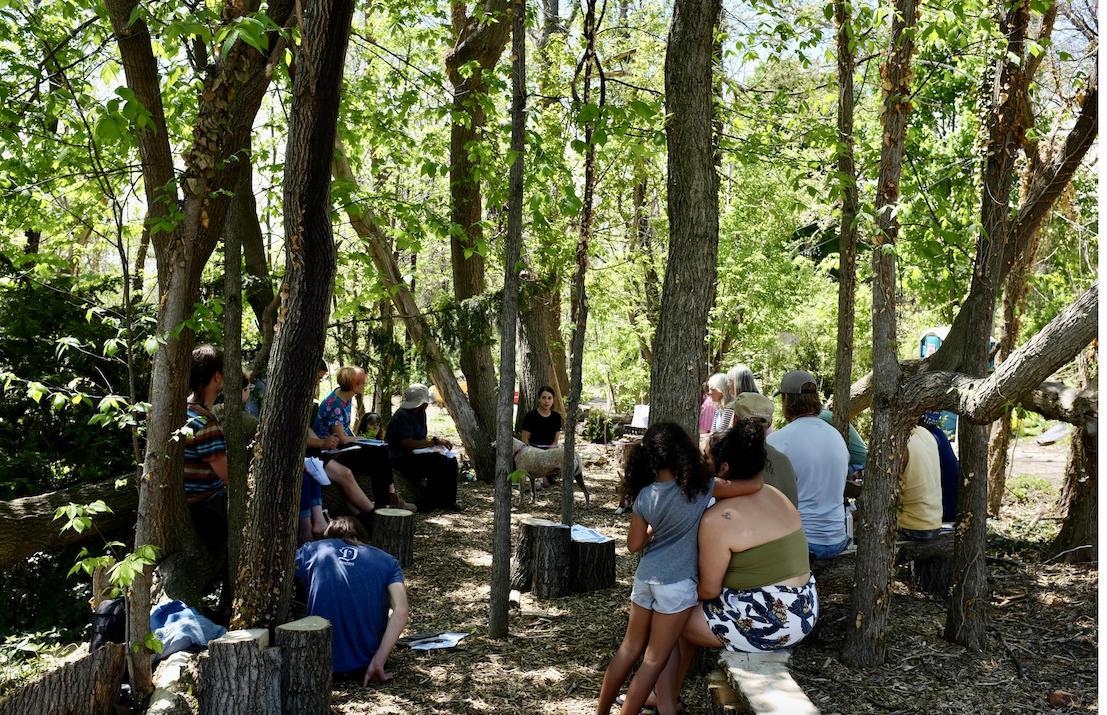
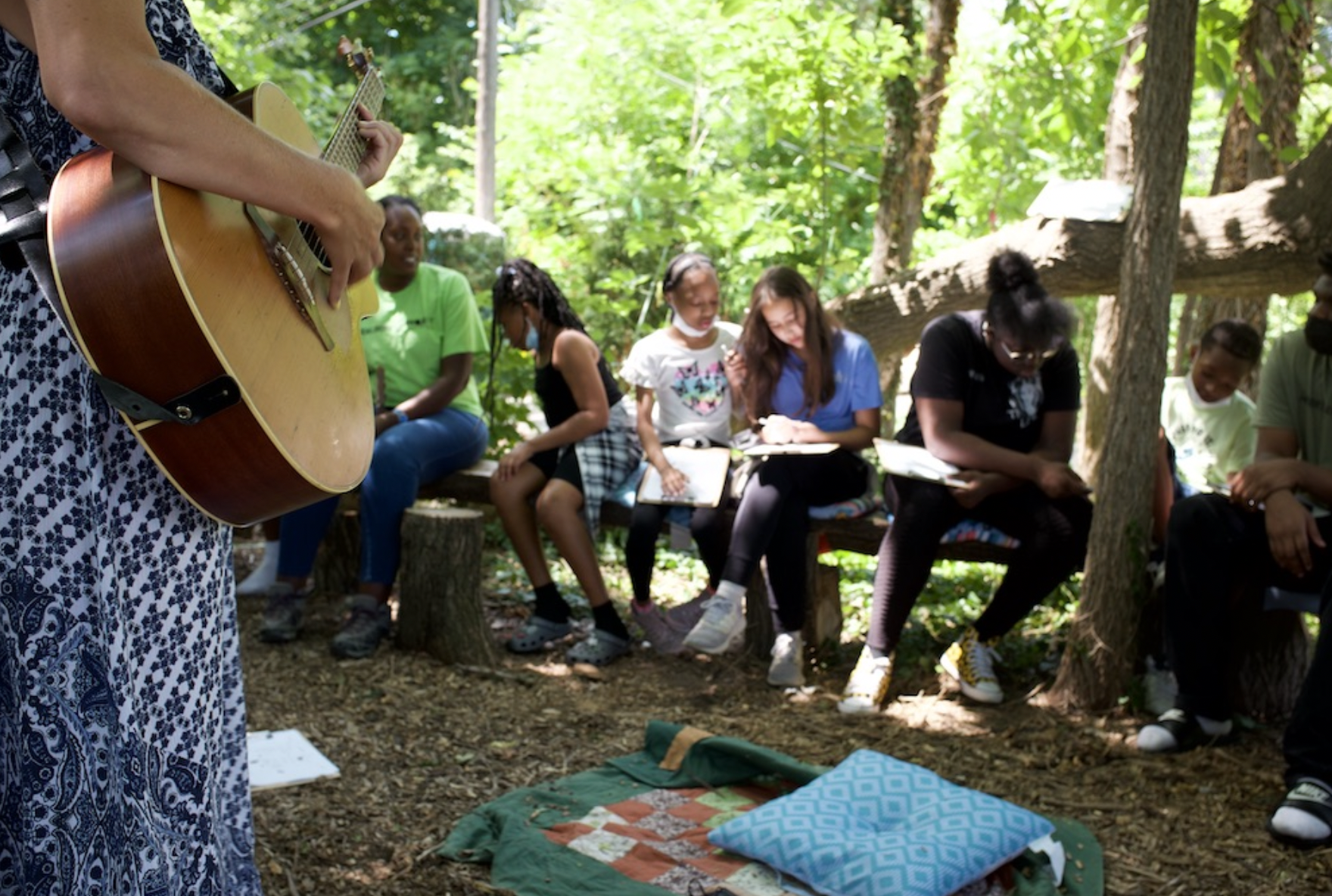
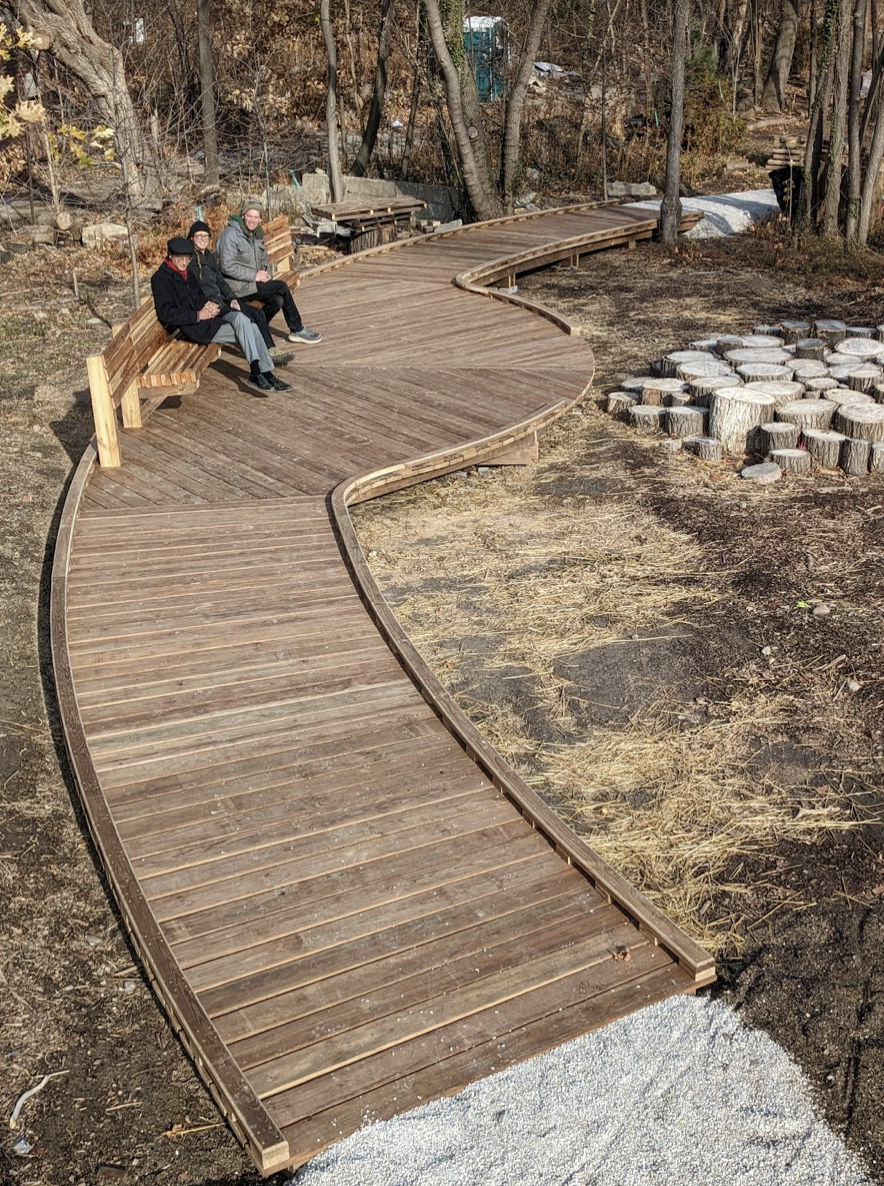

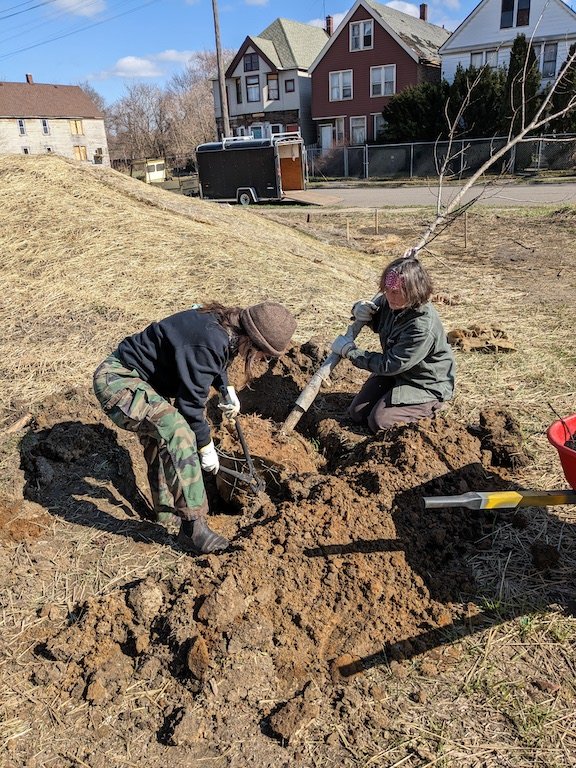

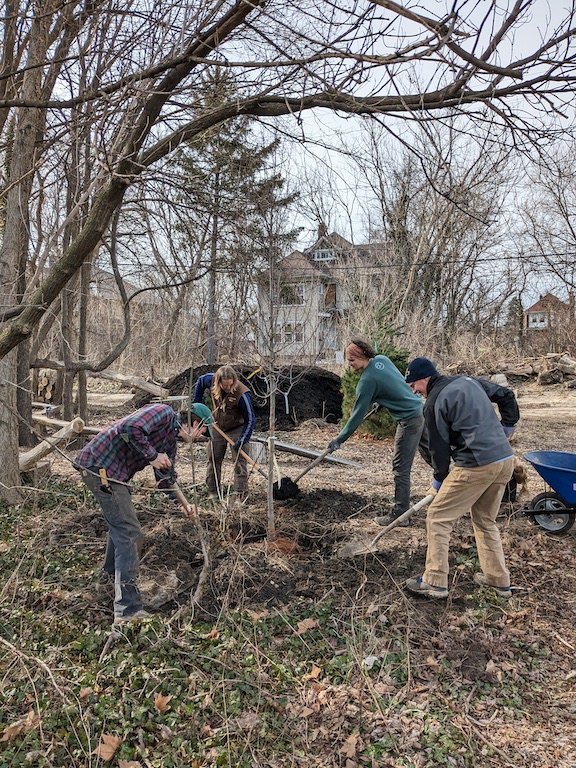

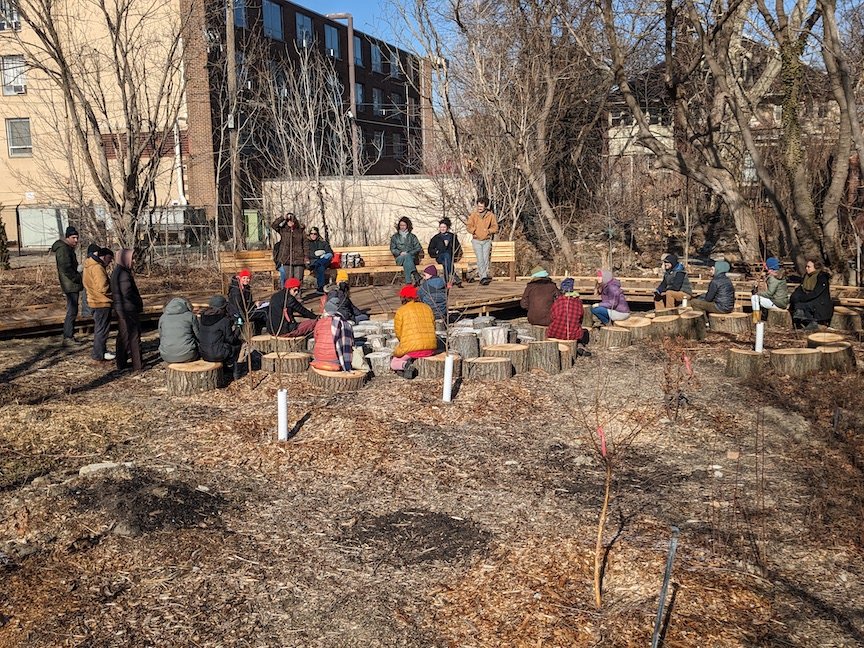


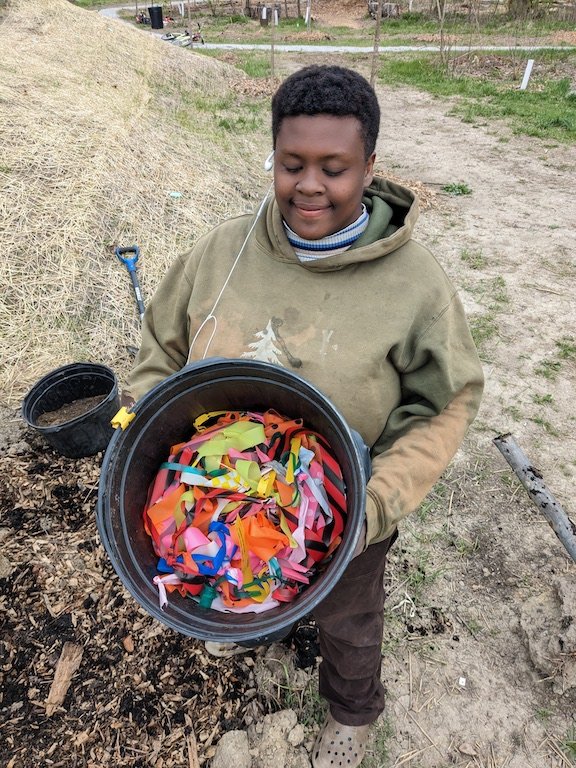
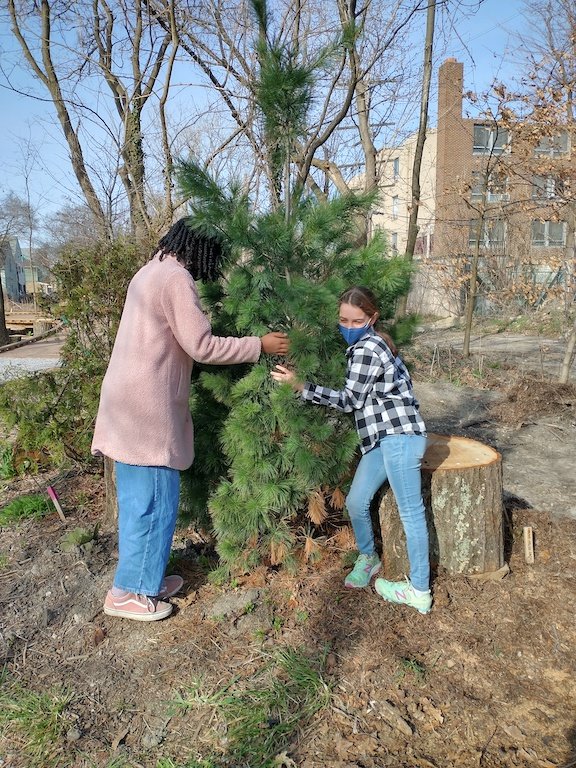

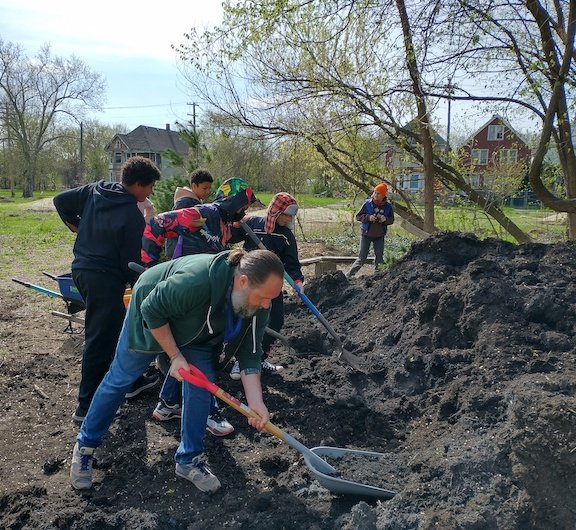

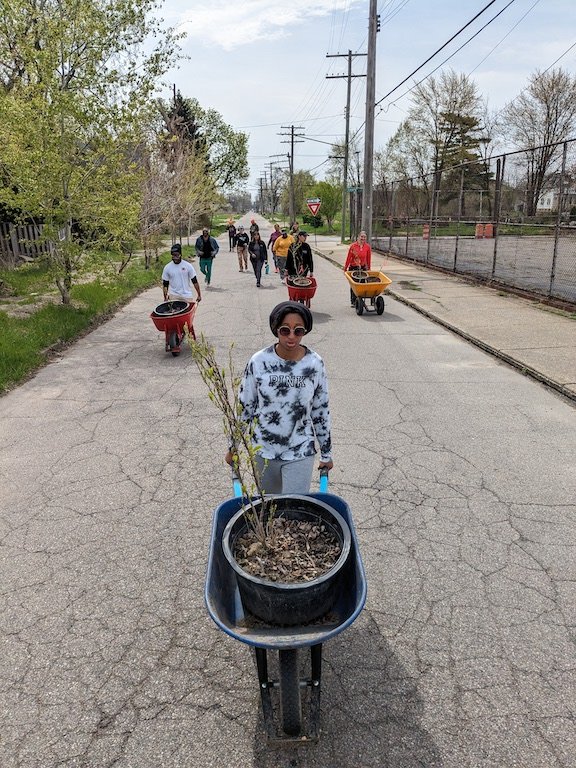



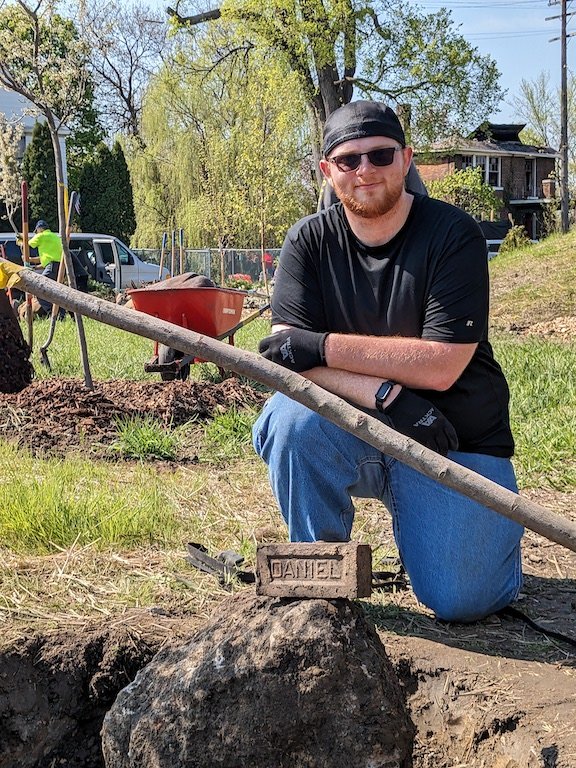


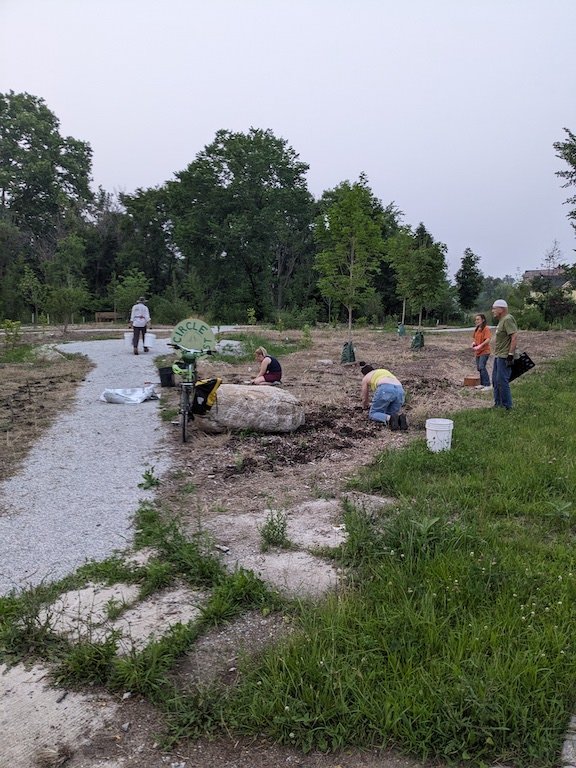




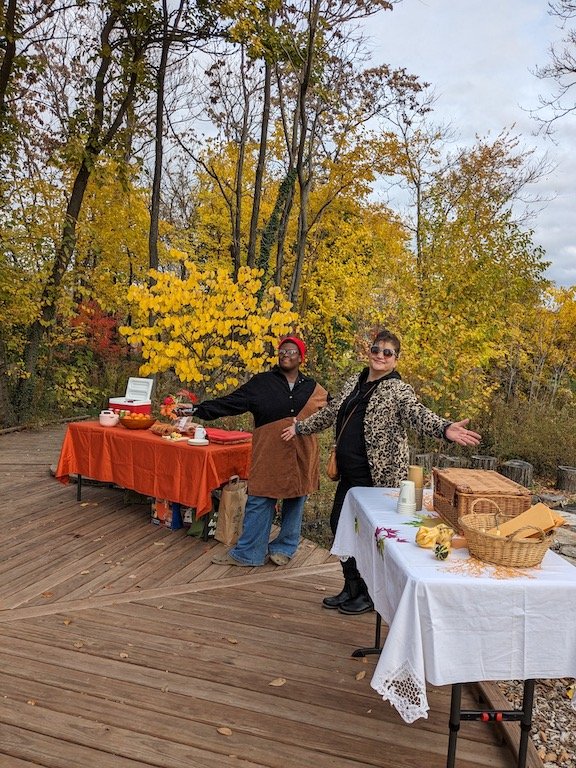
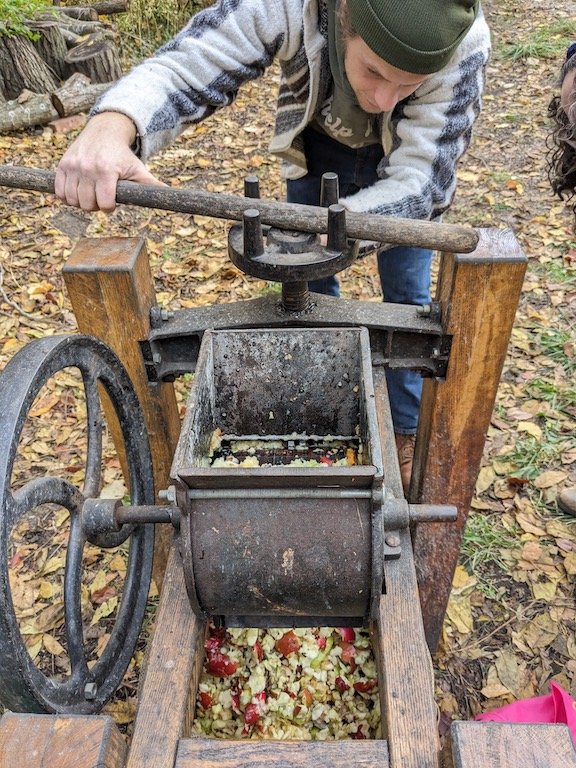


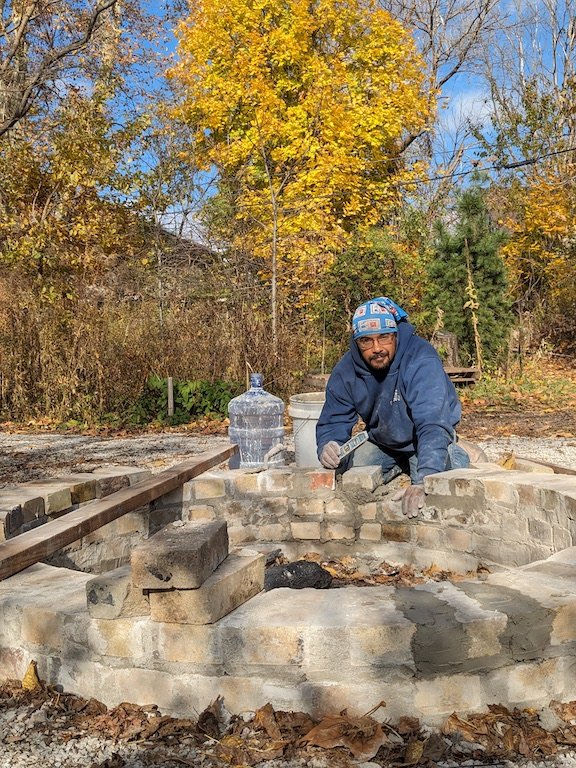



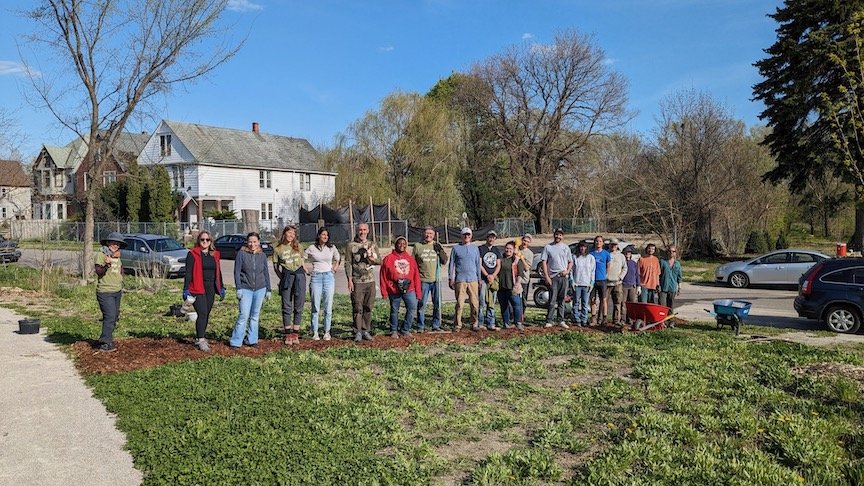
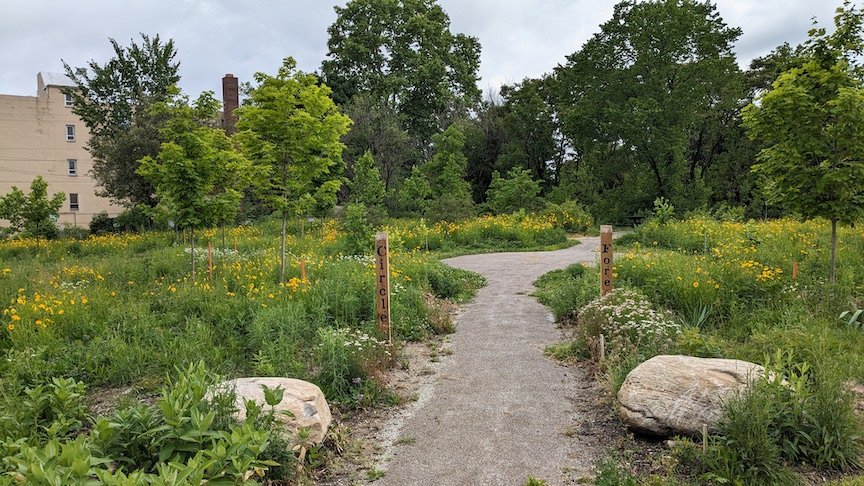
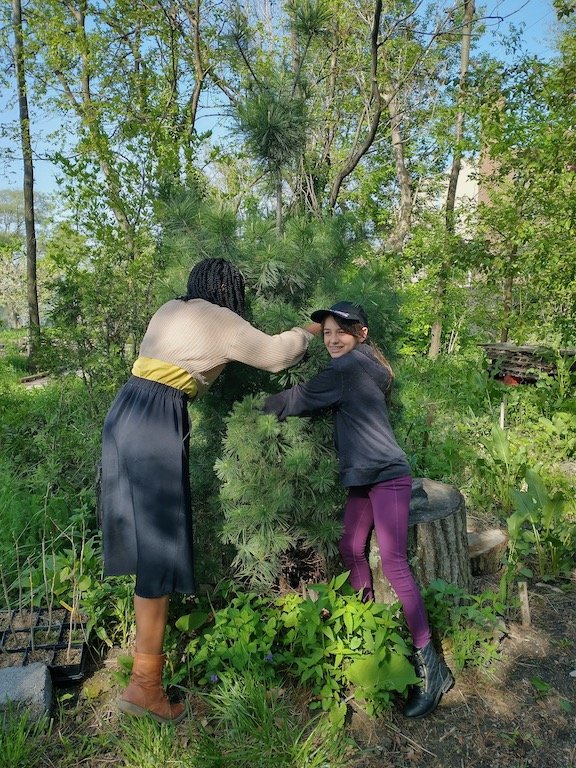
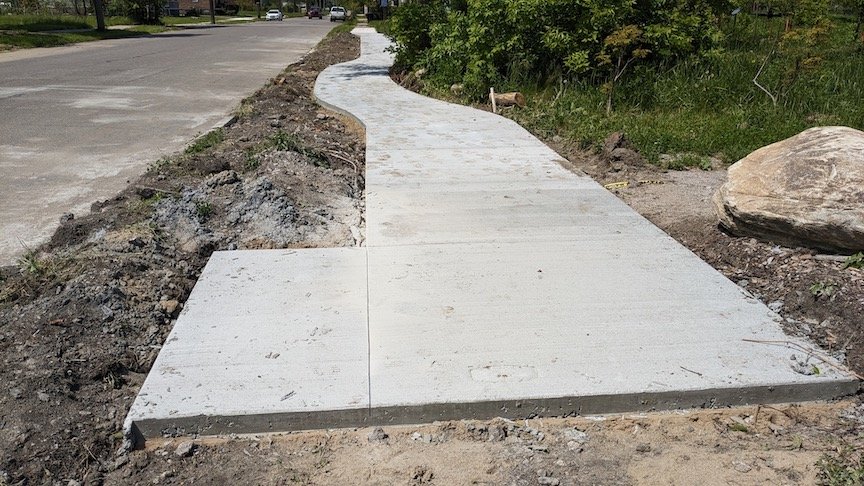
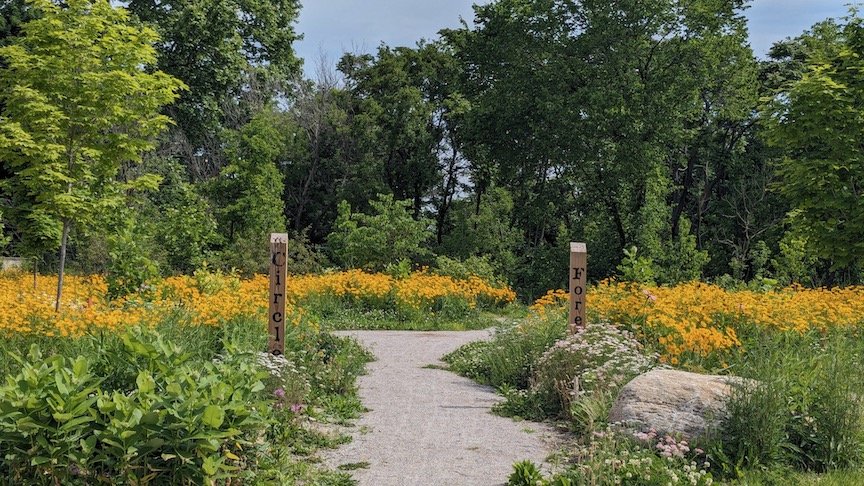
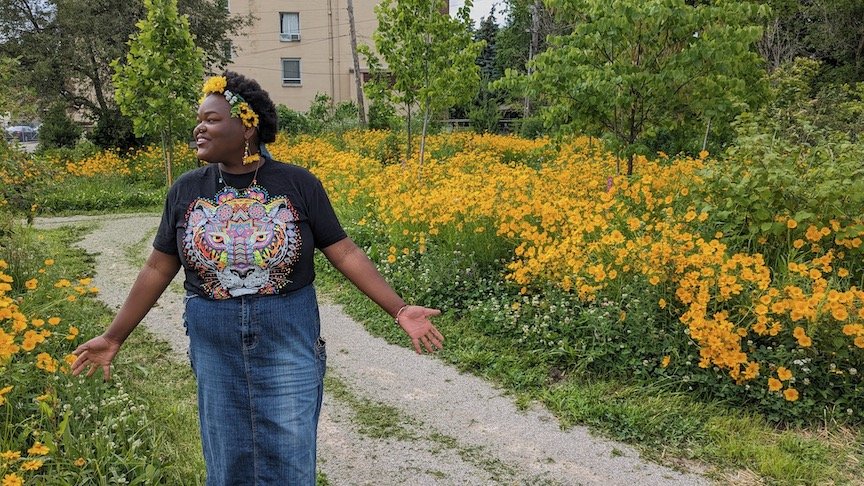
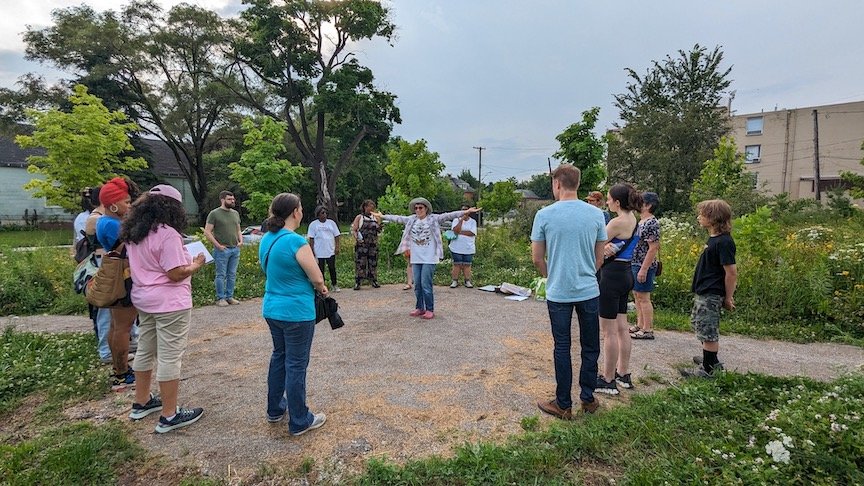
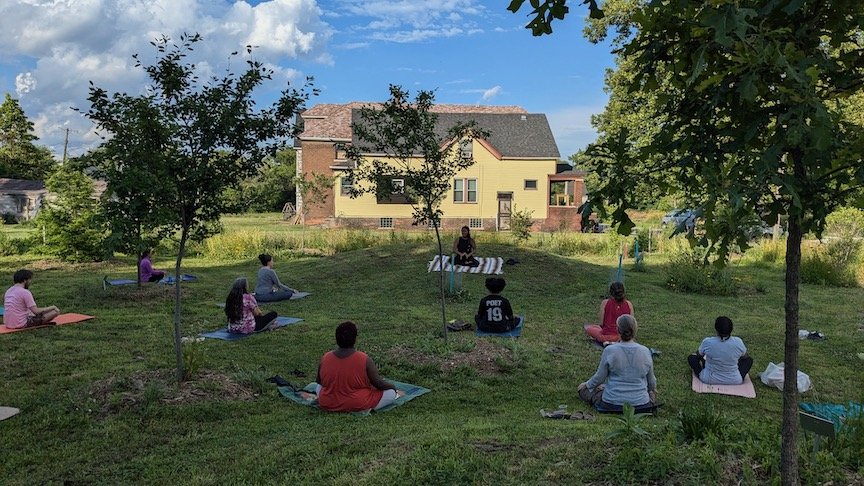
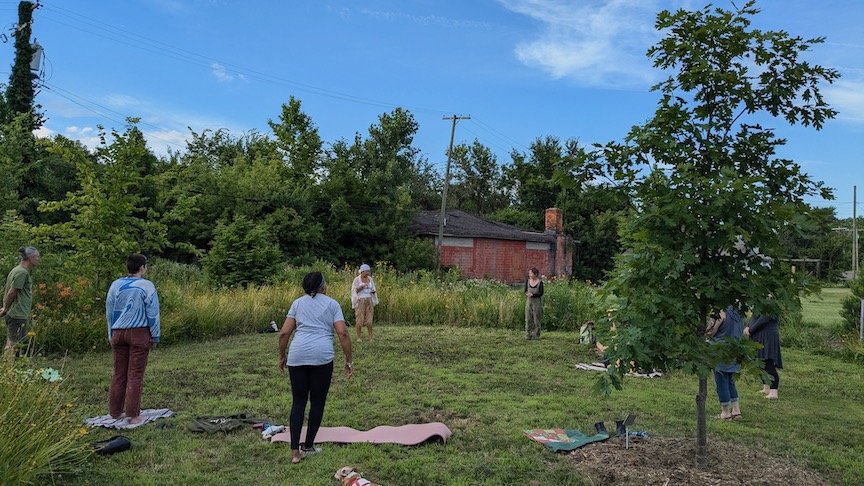
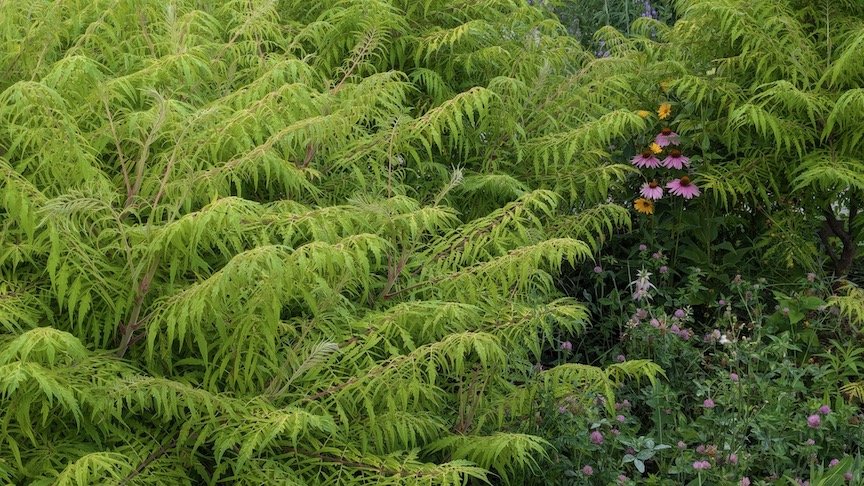

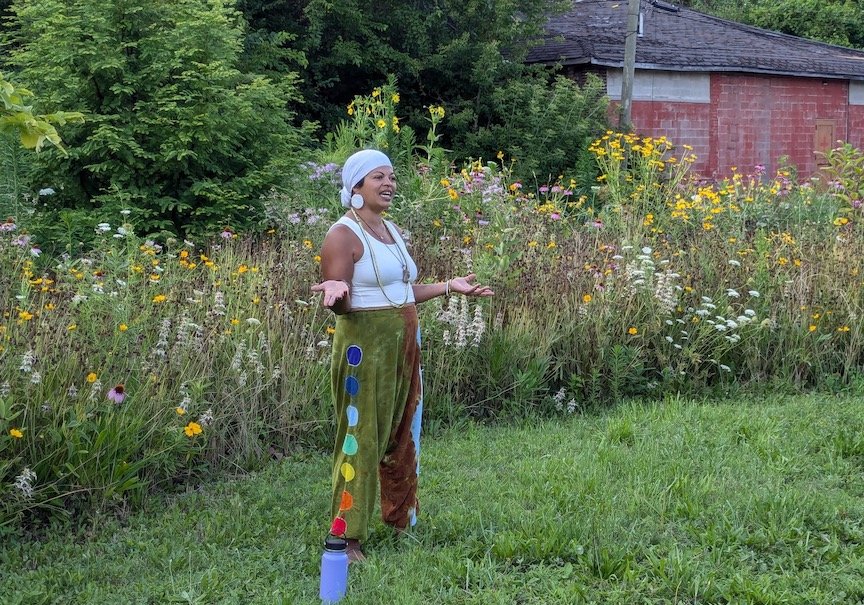
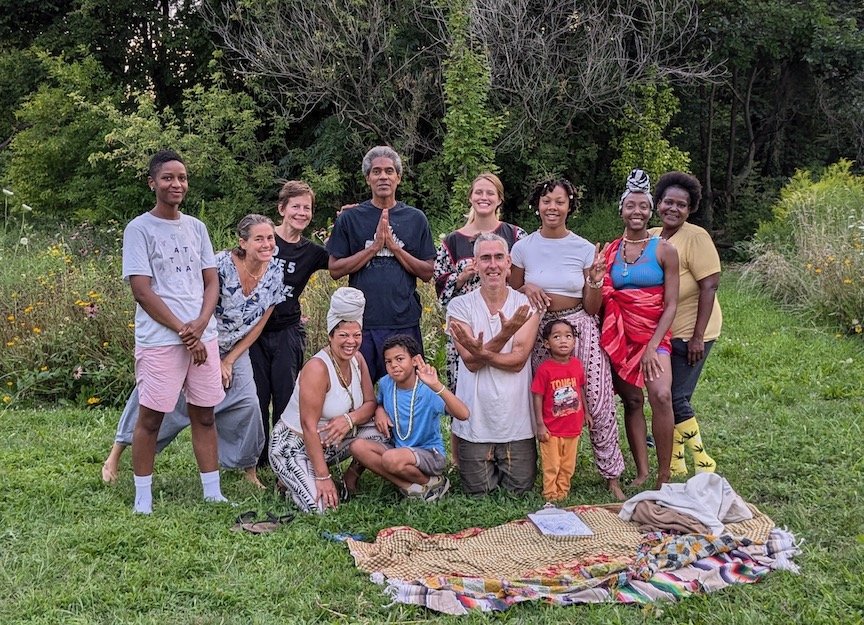
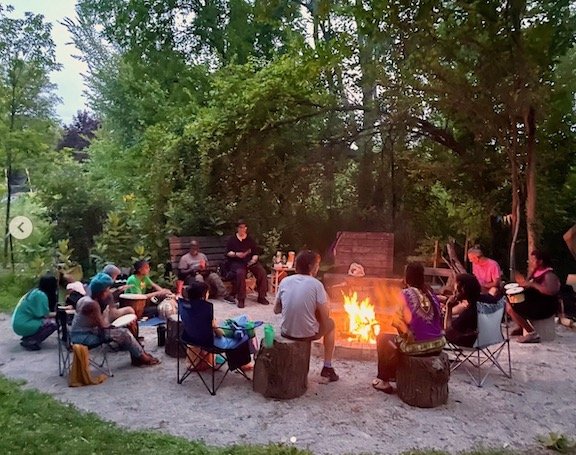
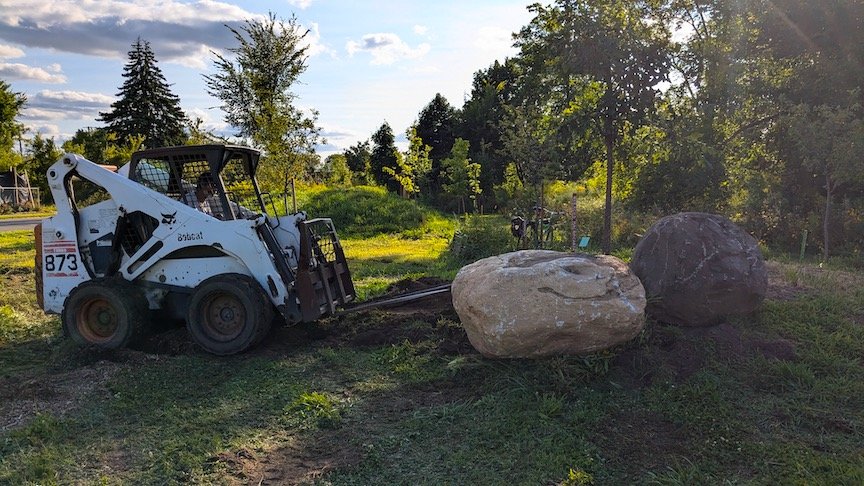
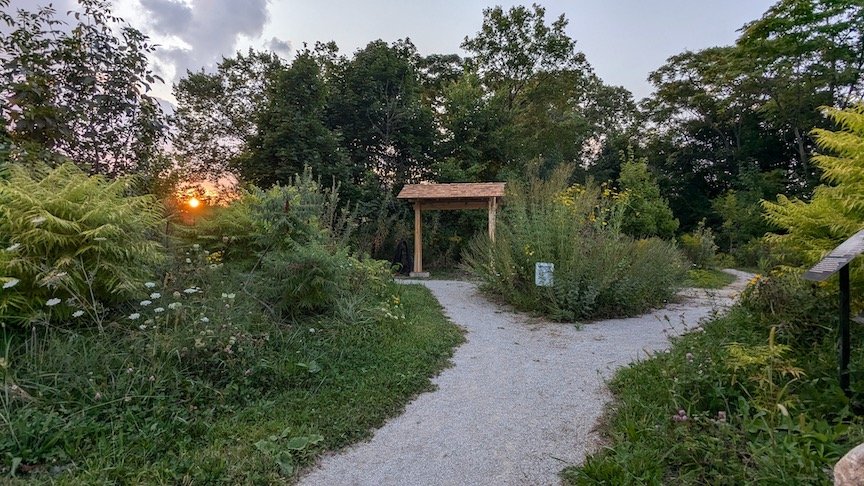
Land Acknowledgement in progress: We acknowledge that Arboretum Detroit and the Poletown neighborhood have the privilege of existing and planting on unceded land originally stewarded by Niswi Ishkodewan Anishinaabeg: The Three Fires People who are Ojibwe, Odawa, and Bodewadmi along with their neighbors the Seneca, Delaware, Shawnee and Wyandot nations. We wish to aid in reconnecting Waawiiyaataanong (aka Detroit), to its rightful heirs and stewards: the native peoples and plants of this place. We acknowledge and understand that these plants and people have existed and gathered on this land for much longer than the plants, peoples, and systems that now obscure it.
This project aims to begin the healing of the traumatized landscape. In turn we hope that the project will bring healing to all who participate. Waawiyaatanong (aka Detroit) has been a central meeting place for Great Lakes Indigenous peoples. Of course settler colonization meant the destruction of the native landscape, people, and ways of life here. Colonization has meant clear cutting, bulldozing, pouring of concrete, and the gridding of the landscape into city blocks.
With this project we consider deeply what it means to heal a small piece of land by returning many of the native trees and plants that were almost eradicated from this mowed and paved world. Let us hear and learn the original names and uses of these plants from those who know. Let us hone our intercultural competency and recognize the value of Indigenous Knowledge. Let us contribute our work as an offering to the Earth, and a declaration to the First Nations that we recognize indigenous wisdom and are willing to listen to the original stewards of this land and to the landscape herself.
How awesome it feels to relieve a piece of this land of garbage and trauma. How amazing it feels to seed the landscape with life and watch it grow into a meadow and a forest. We cannot erase the trauma and abuse of this land and her people, but we can make a better way forward for the Earth, our future with her, and with the original people of this land.
The greatest technology we have to fight the climate emergency caused by the western way of life is indigenous wisdom. It is our hope that people who work on and visit this park will consider this truth and reckon with it in ourselves.





